Best of Britain
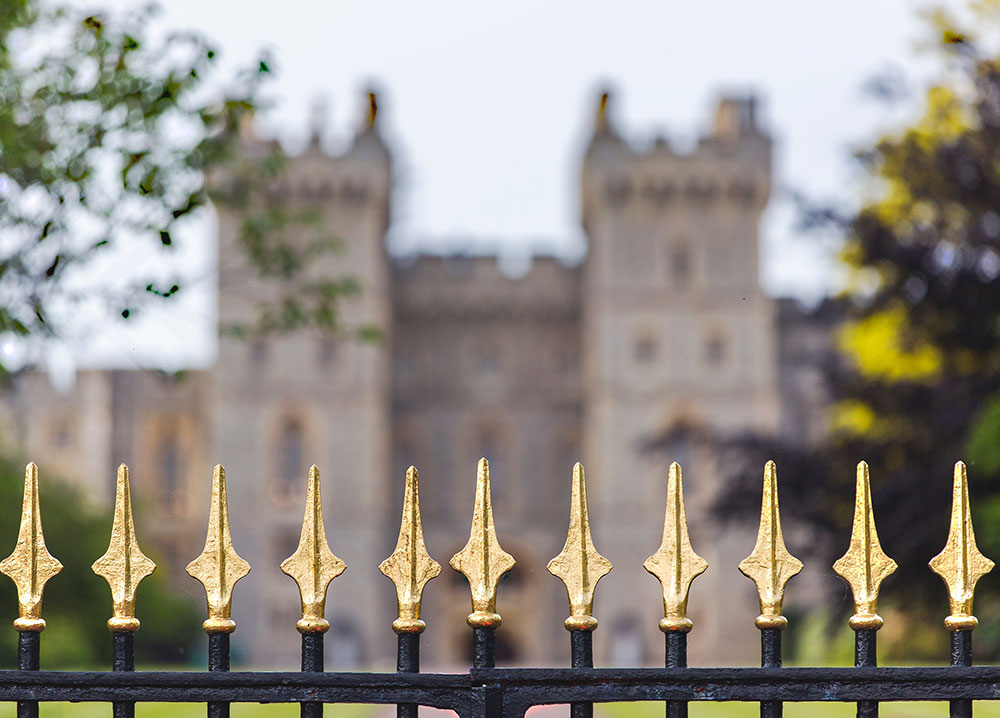
There are few places in the world that are as drenched in history as Great Britain. From the earliest hominid footprints ever found, to the modern marvel of the London Eye, the relatively small island of Great Britain has experienced more than its fair share of our global story. And because of this, it is a veritable treasure trove for travellers. In a single day you could stand within a Neolithic stone circle, admire a Roman bath, wander the grounds of a Norman castle, climb the buttress of a medieval fortress and discover history at a Victorian museum.
In a country steeped in choices, narrowing it down becomes the only real problem. To help, here is our Best of Britain.
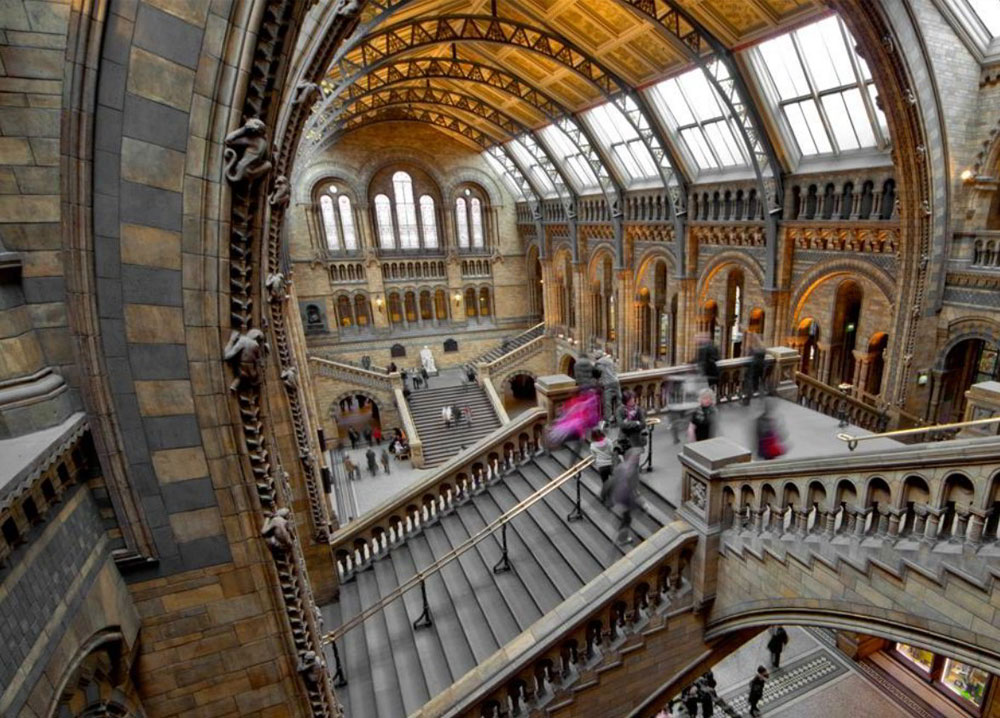
The Museums and Galleries of London
When it comes to culture, there is no place better than Britain. It is home to some of the world’s leading museums and galleries, most of which can be found in London. Don’t miss the British Museum, with the key to deciphering hieroglyphs, the Rosetta Stone, the Victoria & Albert, home of the Raphael Cartoons, the Tate Modern, which houses Andy Warhol’s Marilyn Diptych, and the Natural History Museum, where you can see Dippy the Diplodocus who has been on show since 1905.
Opening hours:
The British Museum, 10am – 5.30pm Mon-Thurs, Sat and Sun, 10am – 8.30 Fri
The V&A, 10am – 5.45pm Mon-Thurs, Sat and Sun, 10am – 10pm Fri
The Tate Modern, 10am – 6pm Mon-Thurs, Sat and Sun, 10am to 10pm Fri
The Natural History Museum, 10am – 5.50pm
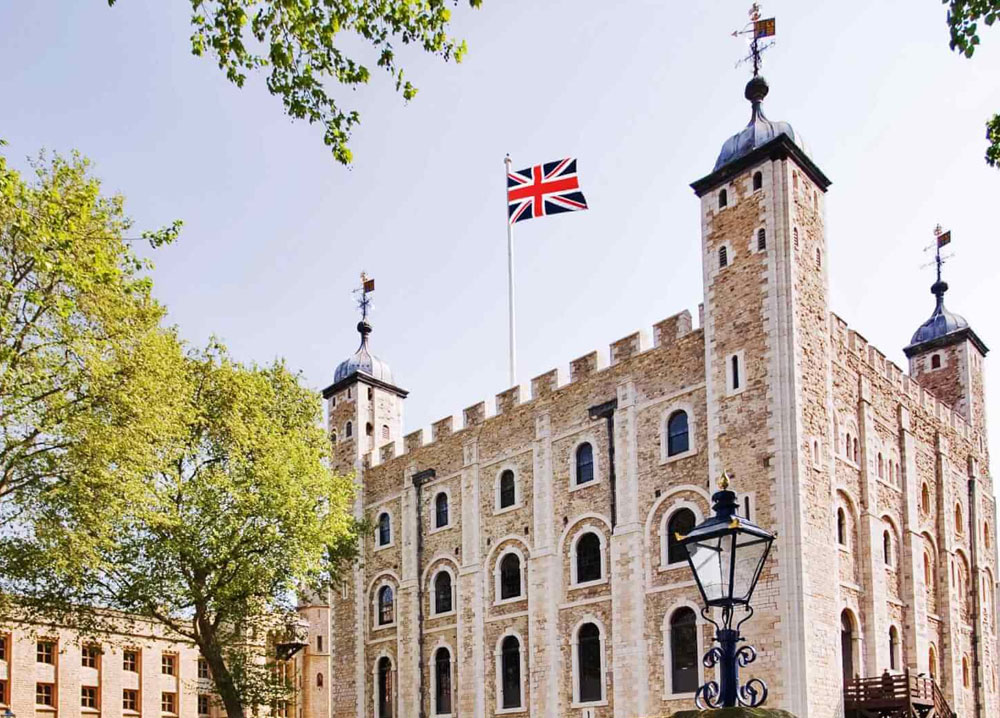
The Tower of London
Of course, the tower is also home to the Crown Jewels, including the Imperial State Crown, worn by the Queen at the Opening of Parliament. Don’t miss the Yeoman Warders (Beefeaters) who patrol this former royal residence, treasury, mint, armoury and zoo.
Opening hours: Tues – Sat, 9am – 5.30pm, Sun – Mon, 10am – 5.30pm (winter hours will differ)
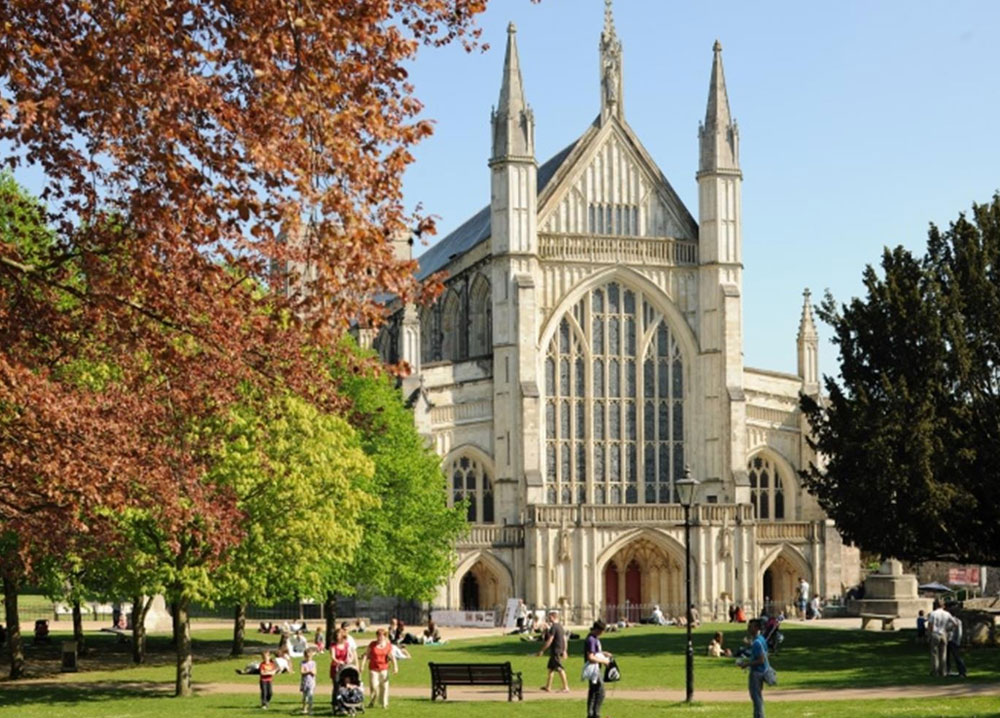
Winchester Cathedral
11th century Winchester Cathedral is one of England’s most awe-inspiring buildings. Begun in 1070 and completed in 1093, it is home to the bones of St Swithin, the patron saint of Winchester. With its fine Gothic façade, 164 metre nave and intricately carved medieval choir stalls, it is a wonderful example of cathedral decorations and embellishments over time. For book lovers, Jane Austen is buried here and, of course, the cathedral is home to the dazzling, four-volume Winchester Bible, commissioned in 1160, with its vividly illustrated pages.
Opening hours: Mon – Sat, 9.30am – 5pm, Sun, 12.30pm – 3pm
Entry cost: Adult,£8.00, Child,Free. Tower tour additional £6.00. Audio tour additional £3.00.

Salisbury Cathedral and the Magna Carta
Salisbury Cathedral, built in the 13th century, is one of Europe’s most spectacular and grand buildings. Built in the Gothic style, it is elaborately decorated with pointed arches and flying buttresses, statuary and tombs, including those of Edward Seymour and Lady Catherine Grey. Its crowning glory, however, is its spire, which was added in the 14th century and represents an incredible achievement for its medieval builders.
View the Magna Carta in its interactive exhibit in Salisbury Cathedral’s Chapter House. It is one of only four surviving original copies and is remarkably well preserved and beautifully written. The Magna Carta is a historic agreement made in 1215 between King John and his barons that acknowledges the fundamental principle that a monarch is subject to the law, and it is still powerful today.
Cathedral opening hours: Mon – Sat, 9am – 5pm, Sun 12pm – 4pm (winter hours will differ)
Chapter house opening hours: Mon – Sat, 9.30am – 5pm, Sun 11am – 4pm (winter hours will differ)
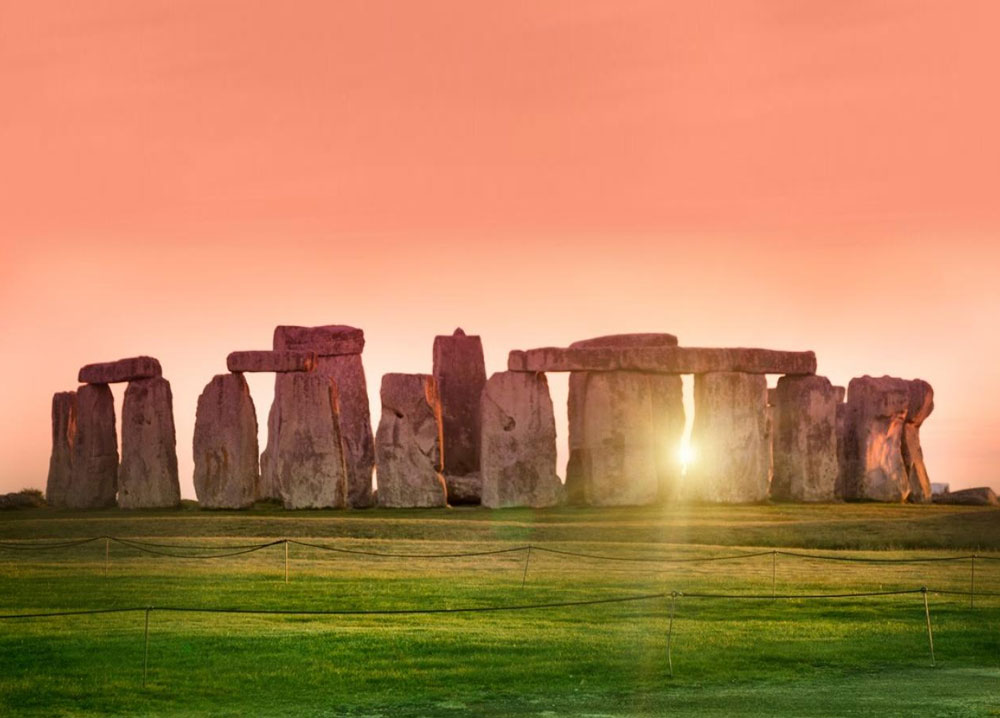
Stonehenge and Britain’s Stone Circles
Although it is one of Britain’s most iconic and inspiring historical monuments, Stonehenge is still guarding its mysteries after 5,000 years. This ring of towering standing stones, each weighing about 25 tons, spans from the Neolithic Period to the Bronze Age and is a haunting echo of Britain’s forgotten past. Shrouded in mystery, it remains a mystical, ethereal place, attracting a steady stream of poets, philosophers, druidic pilgrims and travellers.
Though Stonehenge is the most famous, it is just one of many awe-inspiring stone circles that dot Great Britain. Although their main purpose is still the subject of much debate, archaeologists tend to agree that they were used for religious rituals and burial rites. These include Arbor Low, a recumbent Neolithic stone circle located in Derbyshire, Avebury Circle, Neolithic stone circles larger than Stonehenge and known for the distinctive serpentine shape the stone circles create, and Beaghmore Stone Circle, in County Tyrone, which, with over 1,250 stones, is one of the largest formations of its kind.
Stonehenge opening hours: vary by season
Stonehenge entry cost: Adult,£17.50, Child, £10.50
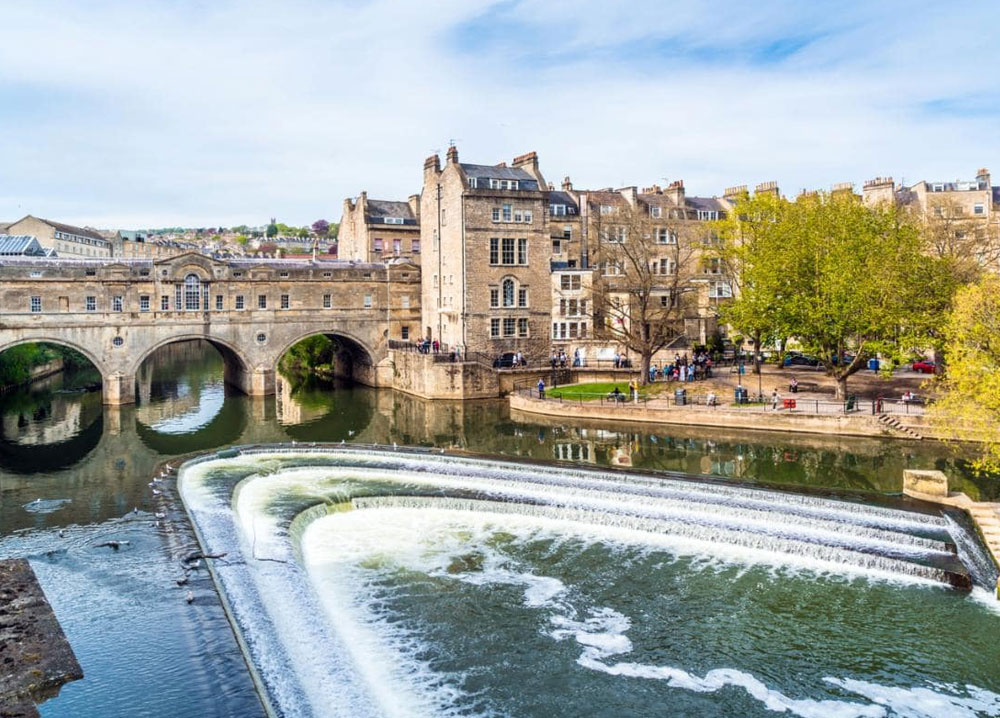
The Georgian City of Bath and its Roman Baths
Bath is famous for its classical Georgian architecture. In fact, the construction of the Circus and Royal Crescent, some of Britain’s grandest Georgian buildings, turned Bath into the premier destination for 18th century society.
However, it is the draw of the well-preserved Roman bathhouses that pull in the majority of travellers. Originally built in 70 A.D. in this location because of the hot springs that bubble up underneath, the ruins have four main features: the Sacred Spring, the Roman Temple, the Roman Bath House, and the museum where you can view artefacts found in the preservation of the baths.
Opening hours: vary by season and by time of day
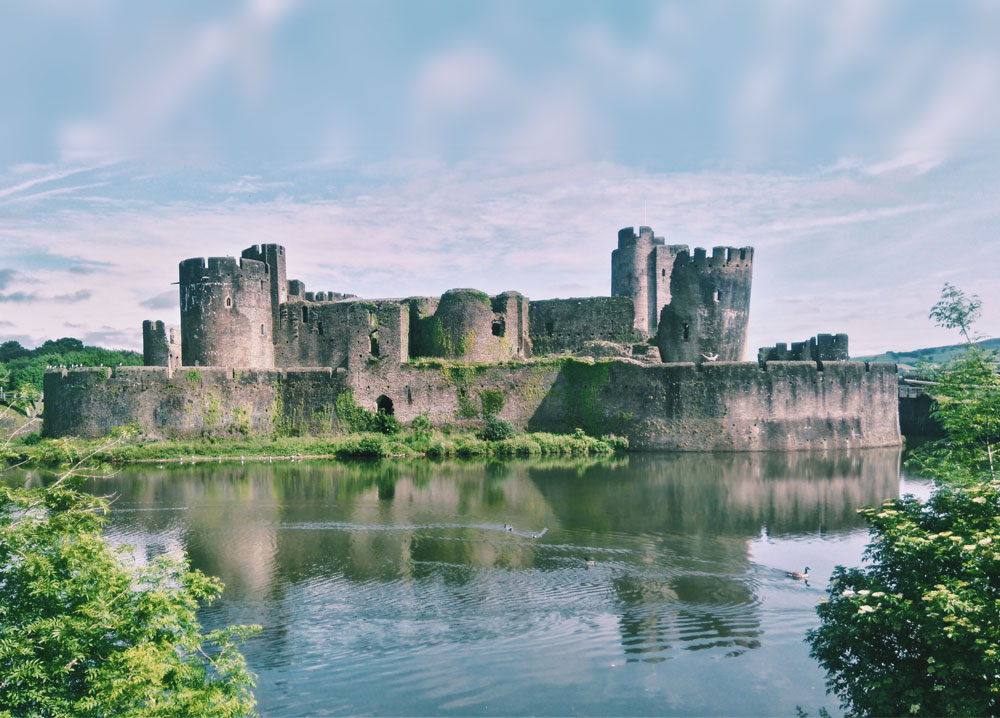
Caerphilly Castle, Cardiff
Medieval Caerphilly Castle, situated just seven kilometres from Cardiff in the stunning countryside of Wales, is one of Britain’s finest examples of a water-defended fortress. Built between 1268 and 1271 by a powerful and ambitious baron, Gilbert de Clare, the castle is a profusion of towers and crenellations. It lies on an island surrounded by extensive artificial lakes and concentric rings of walls and is perhaps one of the greatest strongholds of all time.
Opening hours: vary by season

The Lake District
The Lake District, England’s largest national park and a UNESCO World Heritage Site, has been drawing poets, painters and ramblers for hundreds of years. There is nowhere in Britain that compares with its natural beauty of sparkling lakes and tarns, tree studded valleys, bramble covered hillsides and white washed inns. Take a cruise on a lake, hike up a mountain and explore the region’s literary connections, including William Wordsworth and Beatrix Potter.
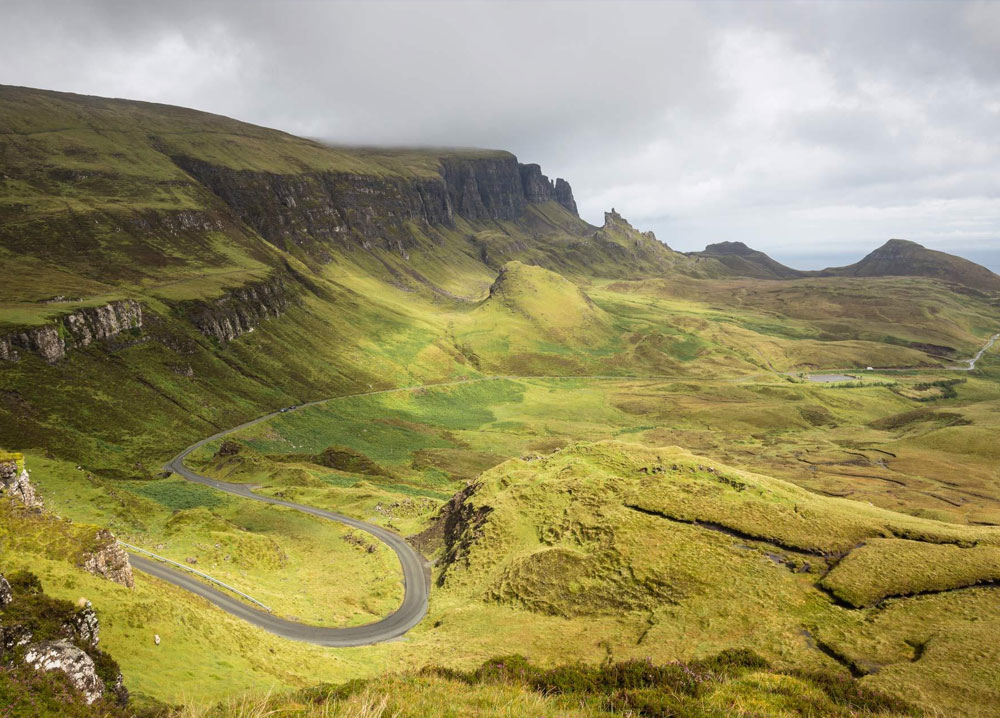
Isle of Skye

Stratford-upon-Avon
William Shakespeare, perhaps the most famous English writer of all time, was born (and later died) in the Tudor cobblestone-lined streets of Stratford-upon-Avon. Visit Shakespeare’s modest grave in the Holy Trinity Church and Anne Hathaway’s beautiful 500-year-old cottage where Shakespeare courted his bride. And for an absolutely magnificent cultural experience, see a play by the world-famous Royal Shakespeare Company.
Holy Trinity Church opening hours: vary by season
Holy Trinity Church entry cost: by donation
Anne Hathaway’s cottage opening hours: vary by season
Anne Hathaway’s cottage entry cost: Adult,£11.25, Child, £7.20
If you’d like more travel information, please don’t hesitate to contact our team on 1800 242 353.
